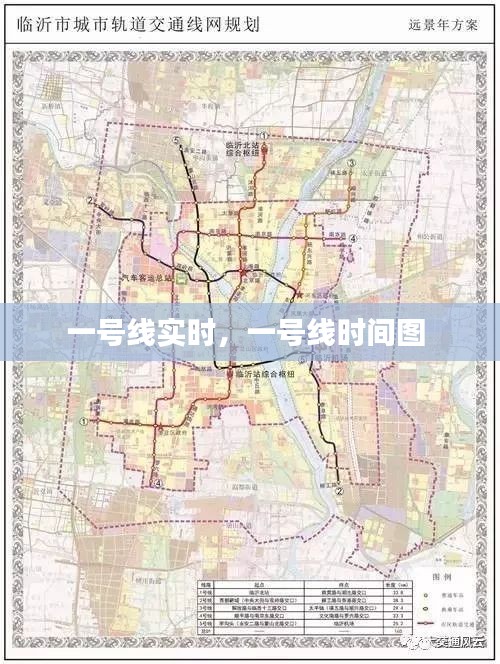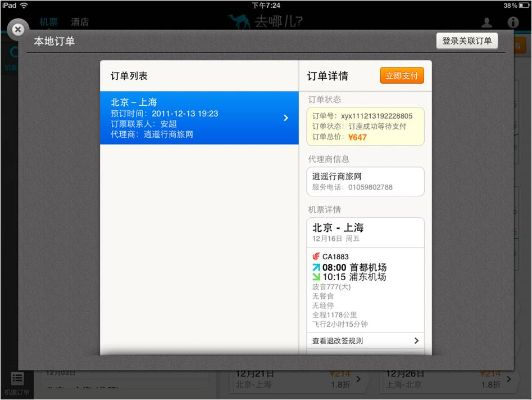Introduction to Real-Time Translation
In the fast-paced world we live in today, communication across languages has become more crucial than ever. With the advent of technology, real-time translation has emerged as a game-changer, breaking down language barriers and fostering global connectivity. This article delves into the world of super-accurate real-time translation, exploring its benefits, challenges, and the latest advancements in the field.
Understanding Real-Time Translation
Real-time translation refers to the ability to translate spoken or written language instantly, providing a seamless communication experience. This technology utilizes sophisticated algorithms and machine learning models to interpret and convert text or speech from one language to another in real-time. Unlike traditional translation methods, which often require time for processing and manual intervention, real-time translation offers immediate results, making it ideal for various applications, from business meetings to international travel.
How Real-Time Translation Works
The process of real-time translation involves several key components. First, the input is captured through a microphone or camera, depending on whether the translation is for spoken or written language. This input is then processed by a speech recognition system, which converts the audio or text into a digital format that can be understood by the translation algorithm. The algorithm then analyzes the input, identifies the language, and translates it into the desired output language. Finally, the translated text or speech is delivered through a speaker or display device, allowing for immediate communication.
Advancements in Real-Time Translation Technology
Over the years, real-time translation technology has seen remarkable advancements, thanks to the continuous development of artificial intelligence and machine learning. Some of the latest innovations include:
Neural Machine Translation (NMT): This approach uses neural networks to mimic the human brain's language processing capabilities, resulting in more accurate and natural translations.
Speech Recognition and Synthesis: Improved speech recognition systems have made it possible to translate spoken language with greater accuracy, while advanced text-to-speech (TTS) technology ensures that the translated speech sounds natural and fluid.
Contextual Understanding: Modern translation systems are becoming better at understanding context, which helps in providing more accurate translations, especially for complex sentences and idiomatic expressions.
Continuous Learning: By analyzing user feedback and real-time data, translation systems can continuously improve their accuracy and adapt to new languages and dialects.
The Benefits of Super-Accurate Real-Time Translation
Super-accurate real-time translation offers numerous benefits across various domains:
Global Business Collaboration: Companies can communicate seamlessly with international partners, leading to more efficient collaboration and increased productivity.
International Travel: Travelers can navigate foreign countries with ease, understand local signage, and communicate with locals without language barriers.
Education: Students and educators can access a wealth of information in different languages, fostering a more inclusive learning environment.
Accessibility: Real-time translation can help individuals with language disabilities or hearing impairments to communicate more effectively.
Challenges and Limitations
Despite the advancements in real-time translation, there are still challenges and limitations to consider:
Language Complexity: Some languages are inherently more complex than others, making accurate translation more difficult.
Cultural Nuances: Translating cultural nuances and idiomatic expressions can be challenging, as they often lack direct equivalents in other languages.
Privacy Concerns: Real-time translation often requires the use of cloud-based services, which raises privacy and security concerns for users.
The Future of Real-Time Translation
The future of real-time translation looks promising, with ongoing research and development aimed at further improving accuracy and expanding language support. As technology continues to evolve, we can expect to see more sophisticated systems that can handle a wider range of languages and dialects, as well as better integration with other devices and platforms. Additionally, advancements in natural language processing and artificial intelligence will likely lead to even more seamless and intuitive translation experiences.
Conclusion
Super-accurate real-time translation is revolutionizing the way we communicate across languages. With its ability to break down barriers and foster global connectivity
转载请注明来自中蚨科技,本文标题:《超准实时翻译成英文,超准实时翻译成英文怎么写 》
















 京ICP备16057535号-1
京ICP备16057535号-1